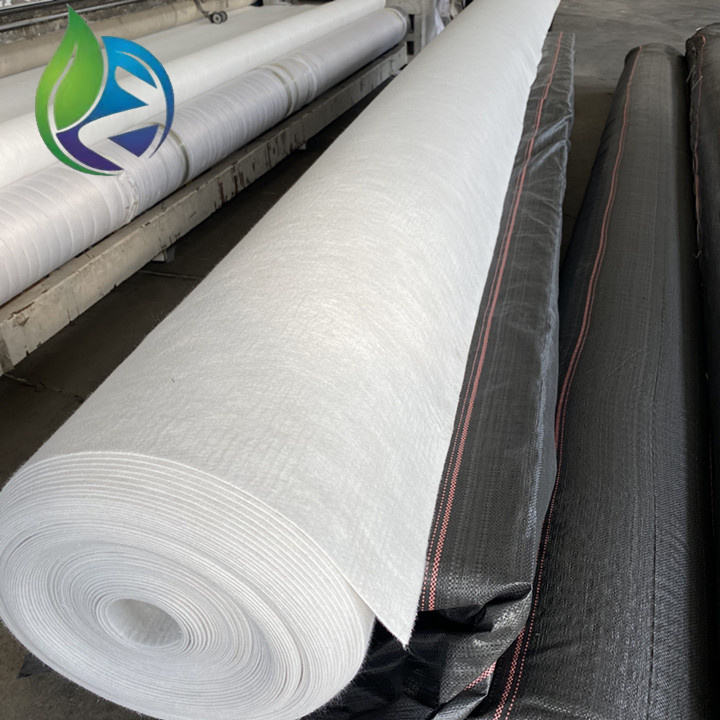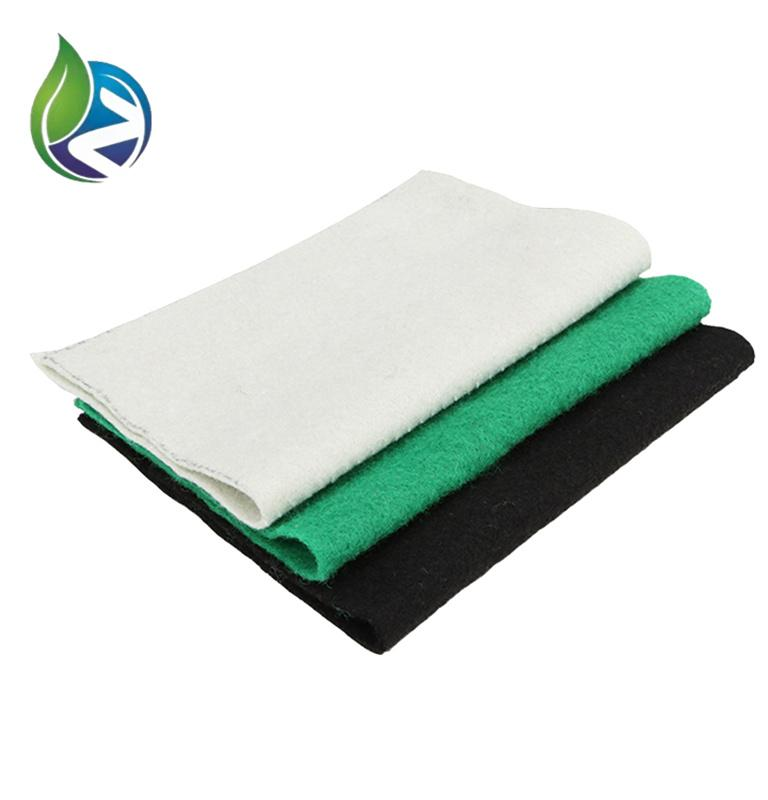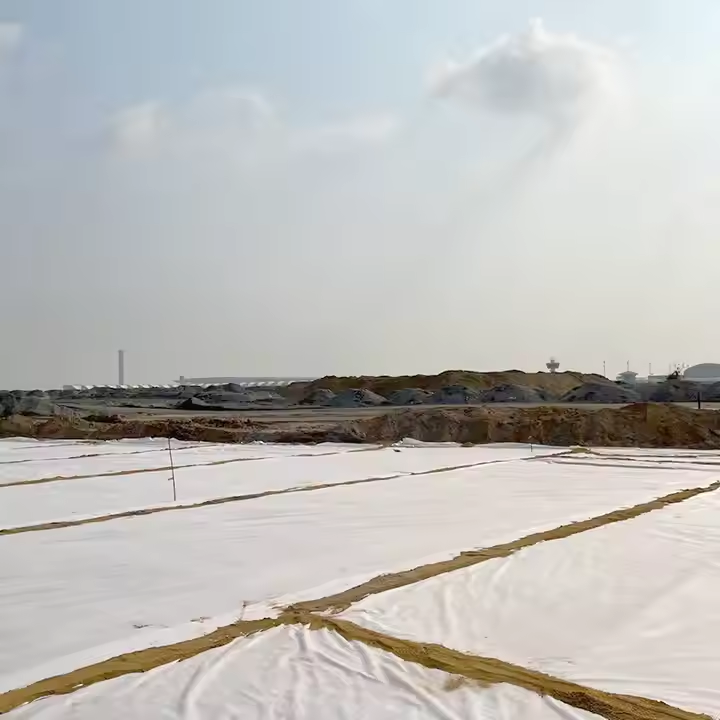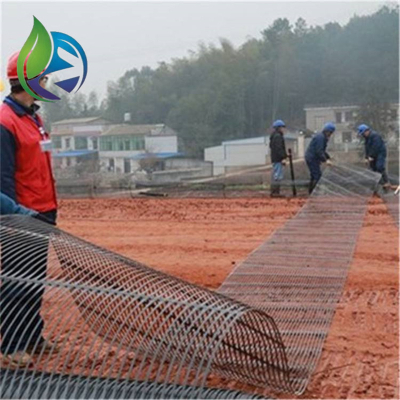Synergistic Application of Geotextile Fabric with Other Geosynthetics
In the world of civil engineering and construction, the fee of combining substances to beautify overall performance is extensively recognized. This is especially authentic for geosynthetics, the place the proper combos can resolve complicated challenges that single substances battle to tackle alone. Geotextile fabric, recognised for its flexibility and durability, has emerged as a key issue in these collaborative systems. When used alongside geomembranes, geogrids, drainage composites, and eco-friendly alternatives, it creates options that raise strength, prolong lifespan, and minimize standard costs. Exploring these partnerships displays how current building leverages cloth synergy to construct higher infrastructure.
Geotextile Fabric and Geomembranes: Enhancing Barrier Performance
Geomembranes are integral for tasks requiring strict liquid containment, such as waste administration facilities, water reservoirs, and chemical storage areas. Made from substances like HDPE or PVC, they excel at stopping leakage however lack the robustness to stand up to sharp objects, heavy loads, or steady friction on their own. This is the place geotextile fabric turns into invaluable, serving as each a defensive layer and a stabilizer.
Geotextile fabric positioned under a geomembrane acts as a buffer, absorbing affects from rocks, roots, or development gear that ought to puncture the membrane. Its woven or non-woven shape distributes strain evenly, decreasing the chance of tears throughout set up and in the course of the project’s life. Beyond protection, the cloth helps tightly closed the geomembrane in place, minimizing shifts that can create wrinkles—common susceptible factors the place leaks frequently start. In areas with temperature fluctuations, the material additionally provides a layer of flexibility, permitting the membrane to extend and contract except cracking. This mixture ensures the barrier device stays intact even in harsh conditions, from excessive warmness to freezing temperatures.
Above the geomembrane, geotextile fabric can similarly beautify overall performance by means of resisting UV injury and mechanical wear. This is specially beneficial in uncovered applications, such as masking reservoirs or lining canals, the place direct daylight and weathering would in any other case degrade the membrane over time. The fabric’s resistance to rot and chemical corrosion additionally enhances the geomembrane’s properties, growing a barrier device that stands up to each bodily and environmental stressors.
Geotextile Fabric and Geogrids: Boosting Soil Reinforcement
Geogrids are designed to make stronger soil through distributing masses and stopping movement, making them critical for roadbeds, embankments, and keeping walls. Their grid-like shape interlocks with soil particles to create stability, however their effectiveness relies upon on preserving clear openings to enable interplay with the surrounding material. Geotextile fabric performs a vital function here, performing as a filter and connector that enhances the geogrid’s performance.
When positioned between the geogrid and the soil, geotextile fabric prevents great particles from clogging the grid’s openings. This ensures the grid can proceed to interlock with large soil particles, preserving its potential to distribute weight and face up to shifting. The material additionally provides tensile power to the system, assisting to maintain the geogrid in region and stopping it from pulling unfastened beneath stress. In tender or free soil, this aggregate creates a bolstered layer that can assist heavier masses than both fabric alone, lowering the want for high priced soil alternative or deep foundations.
On sloped surfaces, the partnership between geotextile fabric and geogrids turns into even extra important. The cloth anchors the geogrid to the soil, stopping slippage that should lead to erosion or collapse. Its permeability approves water to drain through, heading off strain buildup at the back of the shape that may in any other case push the geogrid out of position. This synergy makes the mixture perfect for steep embankments, avenue cuts, and different purposes the place soil balance is necessary to safety.
Geotextile Fabric and Drainage Composites: Optimizing Water Management
Effective water drainage is a cornerstone of profitable building projects, as extra moisture can weaken foundations, reason erosion, and harm constructions over time. Drainage composites—such as prefabricated drains, drainage mats, and perforated pipes—are designed to channel water away from crucial areas, however their effectivity depends on maintaining their channels free from soil and debris. Geotextile fabric works alongside these composites to keep clear pathways for water flow.
Non-woven geotextile fabric wrapped round drainage composites acts as a filter, permitting water to pass by via whilst blocking off soil particles, sand, and natural matter. This prevents clogging, making sure the drainage machine continues to feature correctly for years. In subsurface applications, such as under roadways or round constructing foundations, the material additionally separates the drainage fabric from surrounding soil, stopping mixing that would minimize permeability. This separation helps hold regular water drift rates, even in heavy rainfall or high-water-table conditions.
In floor applications, like sports activities fields or landscaping, geotextile fabric paired with drainage mats creates a layer that rapidly redirects extra water, decreasing puddling and waterlogging. The fabric’s porous shape approves for speedy infiltration whilst defending the mat’s channels from root intrusion, which can in any other case block flow. This aggregate is mainly beneficial in areas with clay-heavy soil, the place herbal drainage is poor, and helps preserve usable surfaces even after extended moist weather.
Geotextile Fabric and Eco-Friendly Geosynthetics: Supporting Sustainable Construction
As sustainability turns into a precedence in construction, the demand for eco-friendly geosynthetics is growing. Materials like biodegradable geogrids, coconut fiber mats, and herbal fiber composites provide decrease environmental have an impact on however frequently lack the sturdiness or electricity of normal options. Geotextile fabric bridges this gap, complementing these inexperienced preferences to create structures that are each sustainable and effective.
When paired with biodegradable geogrids, geotextile fabric presents transient reinforcement whilst the grid decomposes. This is beneficial in brief projects, such as erosion manage at some stage in construction, the place long-term sturdiness isn’t wished however momentary balance is critical. The cloth breaks down slowly over time, matching the degradation charge of the grid and leaving no everlasting waste behind. In ecological restoration projects, combining geotextile fabric with coconut fiber mats helps stabilize soil whilst native flowers set up roots. The cloth holds the mats in vicinity in the course of heavy rains, stopping erosion, and progressively decomposes as vegetation takes over the stabilizing role.
Geotextile fabric made from recycled substances in addition enhances sustainability, decreasing reliance on virgin plastics. When used with other recycled or biodegradable geosynthetics, it creates a closed-loop gadget that minimizes environmental influence except sacrificing performance. This is specifically precious in tasks aiming for inexperienced certifications, the place cloth picks play a key function in assembly sustainability standards.
Key Considerations for Effective Material Collaboration
To maximize the advantages of combining geotextile fabric with different geosynthetics, quite a few elements have to be considered. First, cloth compatibility is crucial. The geotextile fabric’s properties—such as tensile strength, permeability, and chemical resistance—should align with the accomplice fabric and the project’s unique conditions. For example, non-woven fabric work first-rate for filtration and cushioning, whilst woven fabric are higher applicable for reinforcement and load distribution.
Installation methods additionally affect performance. Proper overlap and securing of geotextile fabric edges forestall gaps that may want to enable soil migration or water bypass. In sloped applications, making sure the material is tightly anchored prevents slippage that would compromise the whole system. Matching the fabric’s weight and thickness to the project’s wishes is equally important—using a light-weight cloth the place heavy-duty safety is required can lead to untimely failure, whilst over-specifying provides needless cost.
Environmental factors, such as publicity to UV rays, chemicals, or excessive temperatures, ought to information cloth selection. UV-resistant geotextile fabric is vital for uncovered applications, whilst chemical-resistant picks are wished in industrial or waste administration settings. Understanding the project’s lifecycle is additionally key—temporary purposes can also advantage from biodegradable fabrics, whilst everlasting buildings require durable, long-lasting options.
Geotextile fabric’s capacity to work synergistically with different geosynthetics has converted cutting-edge construction, presenting options that are stronger, greater durable, and extra sustainable than single-material approaches. Whether improving barrier structures with geomembranes, boosting soil reinforcement with geogrids, optimizing drainage with composites, or assisting eco-friendly alternatives, these partnerships show the electricity of fabric collaboration. By leveraging these combinations, engineers and contractors can construct infrastructure that meets the needs of nowadays whilst maintaining sources for tomorrow.








